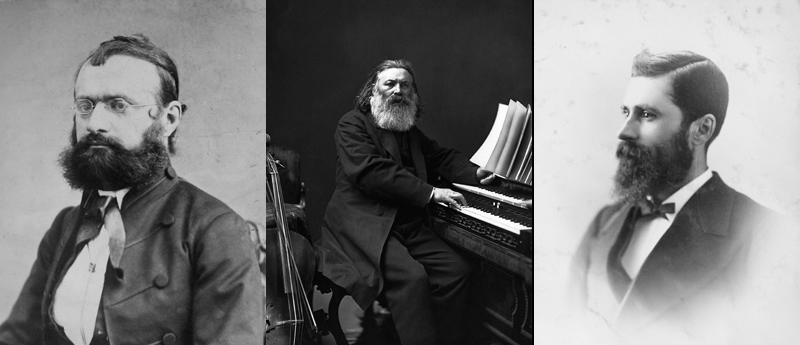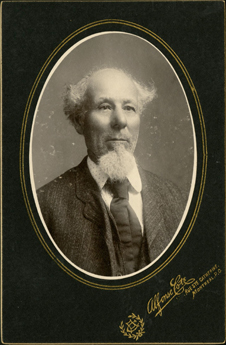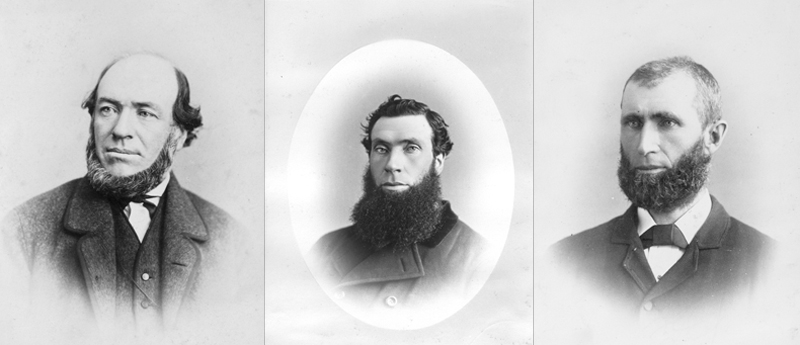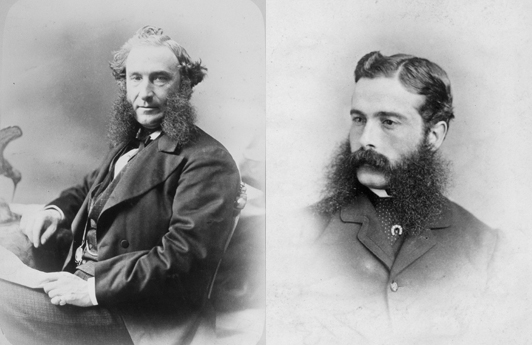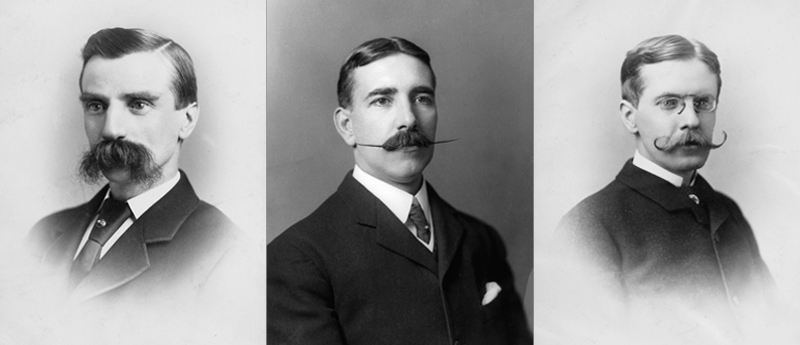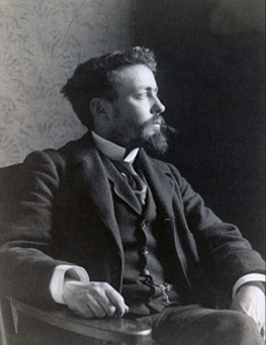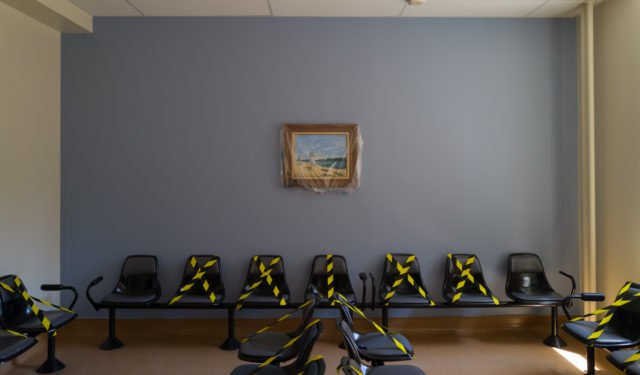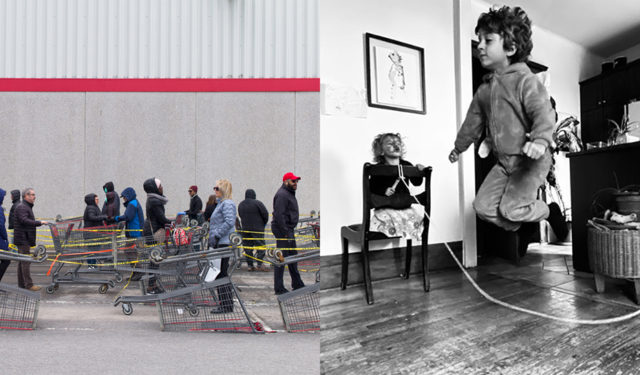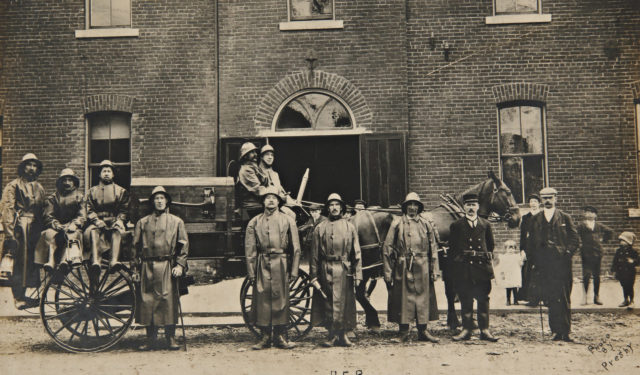The Pandemic and Facial Hair
A short guide to help choose the best facial hair style for the health crisis.
November 20, 2020
If I say “viral spread” and “the McCord Museum’s photograph collection,” you may ask yourself what does COVID-19 have to do with the Museum’s collection of historic photographs? The answer, in a nutshell: masks and facial hair.
The moustache is coming back into style. In fact, it is occupying an increasingly prominent position in the facial landscape of contemporary society. Although it is just an emerging fad at the moment, we must be prepared for many other beard styles to grow in popularity. The McCord Museum’s Photography collection offers a sampling of facial hair fashions from the past, giving us a good idea of what we may expect in the future.
However, should the more elaborate beard and moustache styles of the past stage a comeback, there could be some public health issues. Studies have shown that certain types of facial hair could reduce the effectiveness of mask-wearing. While the classic moustache can easily be covered by a suitable face mask, some beard styles are harder to cover and certain types of facial hair can even compromise one’s ability to wear a mask.
To get ready for the new boom in bristles, we thought it would be a good idea to present examples of some of the challenges this trend could present to mask manufacturers. The following expressions are keywords from the Museum’s database that were used to track down images of bearded figures in its collection.
FULL BEARD
This type of beard is quite common. It is typical of a wise old man, a manly lumberjack or a hip young professional, especially when the latter is wearing a knit cap and holding a coffee.
GOATEE
This minimalist beard is named for its resemblance to the hair on a goat’s chin.
CHIN CURTAIN BEARD
In this style, the beard frames the jawline while the cheeks and upper lip are left clean-shaven for prickle-free kisses. The chin curtain beard is also known as a Shenandoah or Amish beard.
SIDEBURNS
Grown on the sides of the face, sideburns explore the transition from hair to beard. They can look a little like a curtain that has been opened to let in the light or they can help define the chin.
MOUSTACHE
Carefully groomed hair grown above the upper lip, the moustache is a classic that is becoming increasingly popular. It offers almost infinite potential for self-expression.
VAN DYKE
An increasingly popular choice, this beard style essentially consists of a goatee plus a moustache. It is named for 17th-century Flemish painter Antoine Van Dyck. The flamboyant beard he sports in most of his self-portraits has inspired generations of bearded men.


